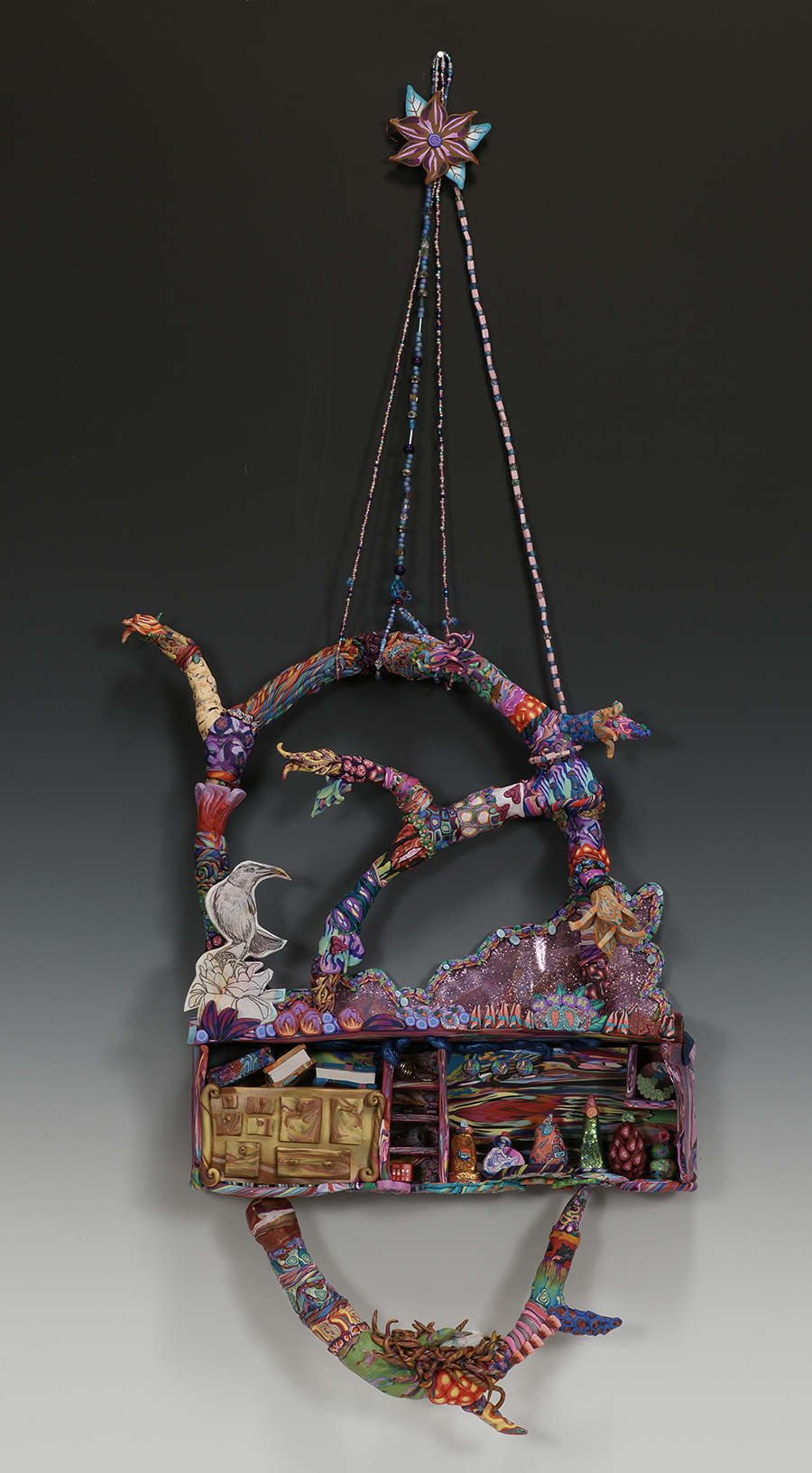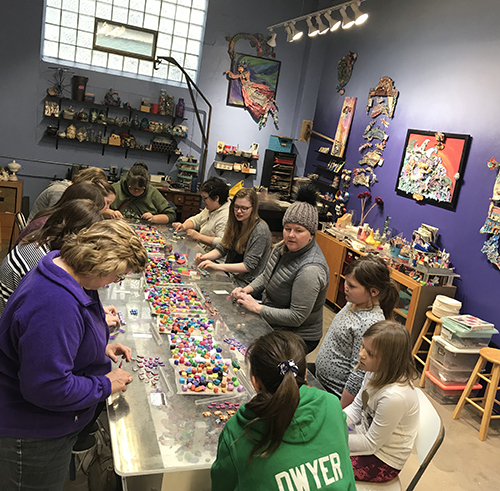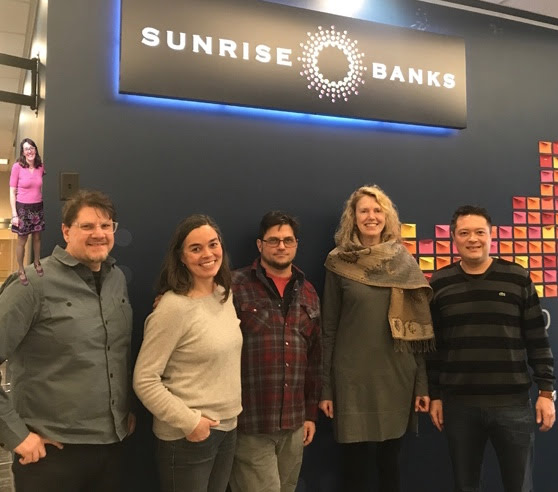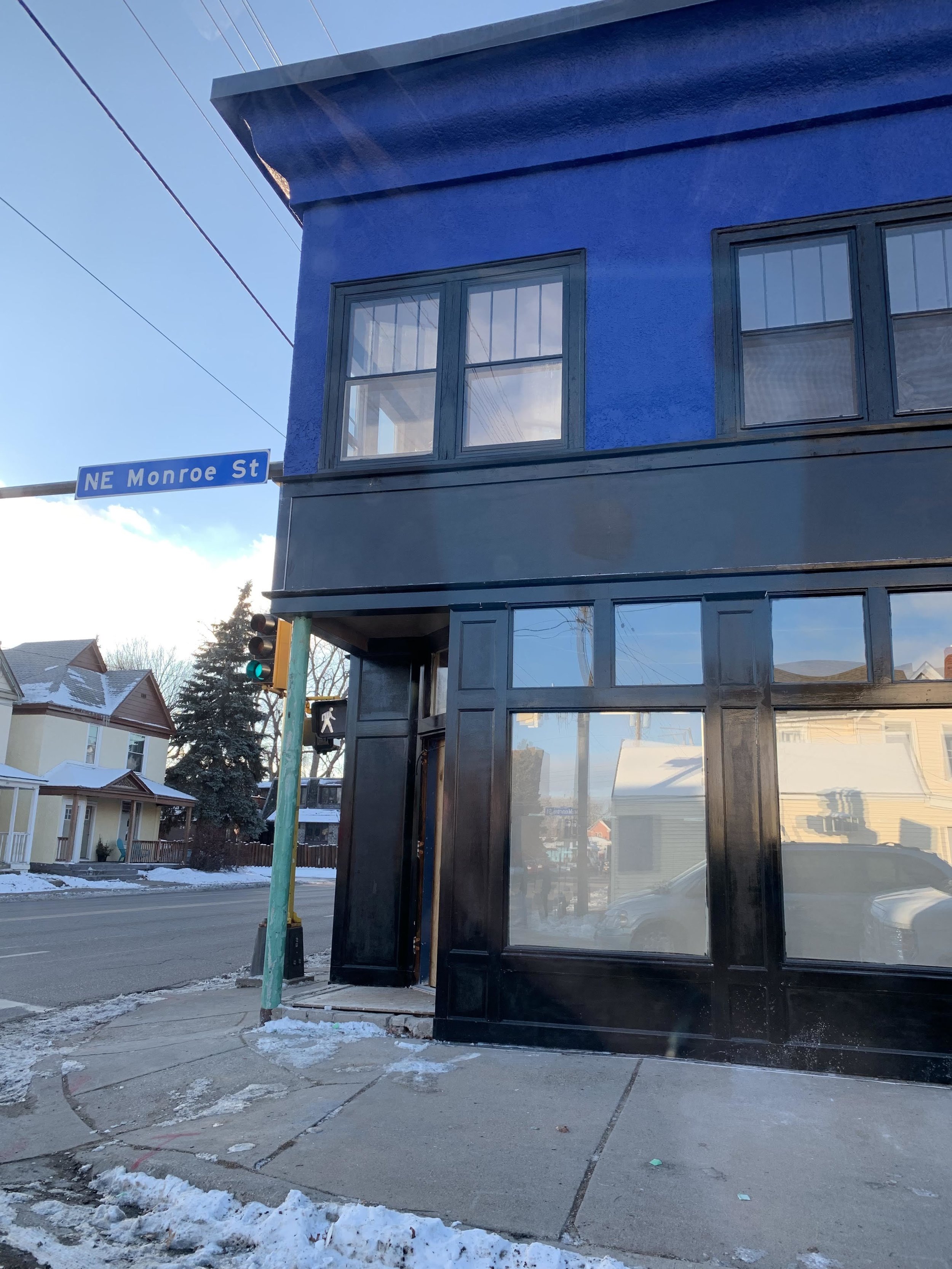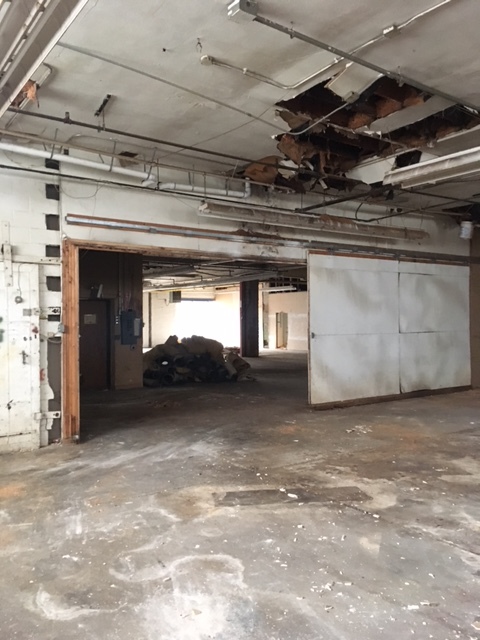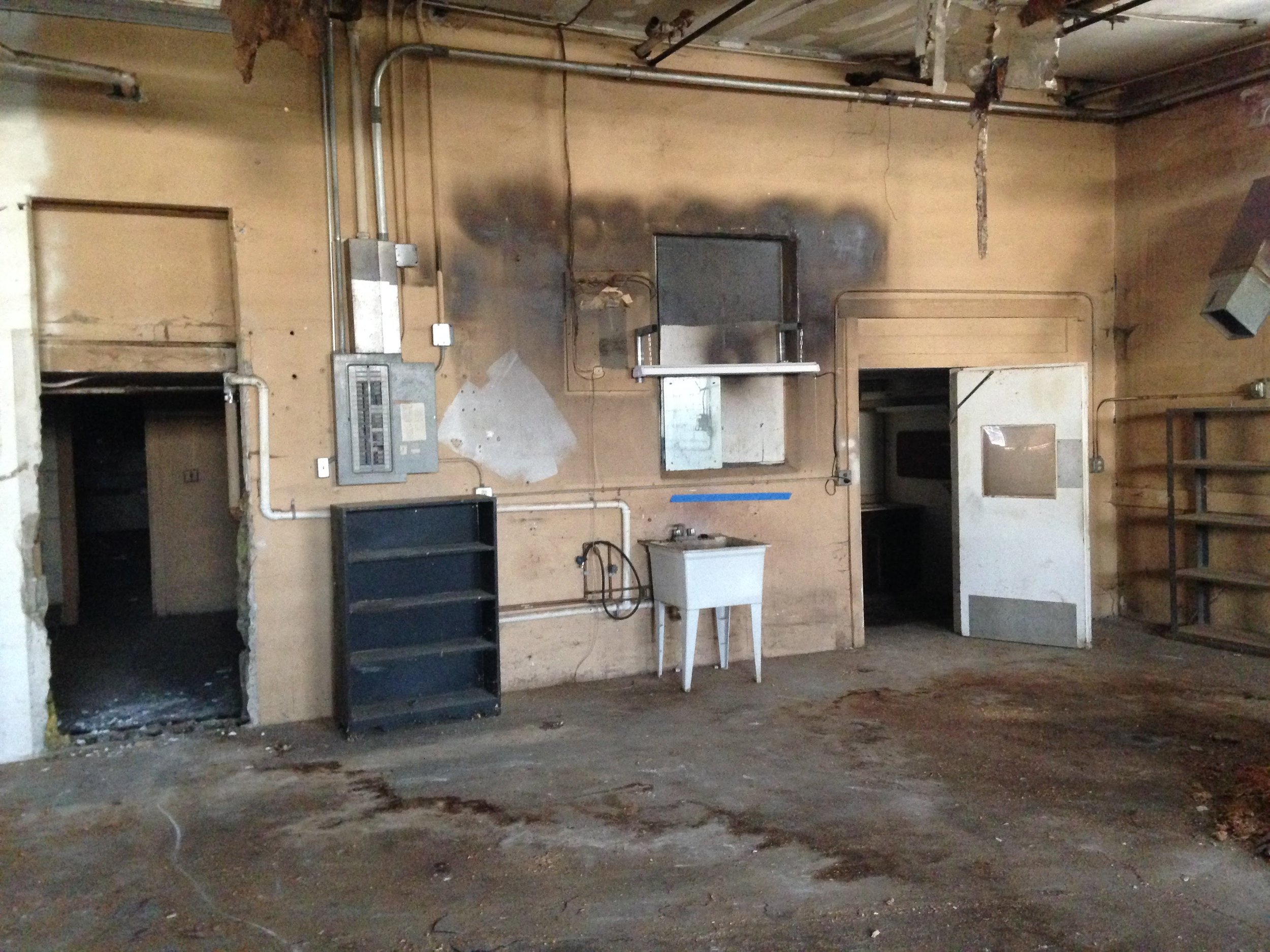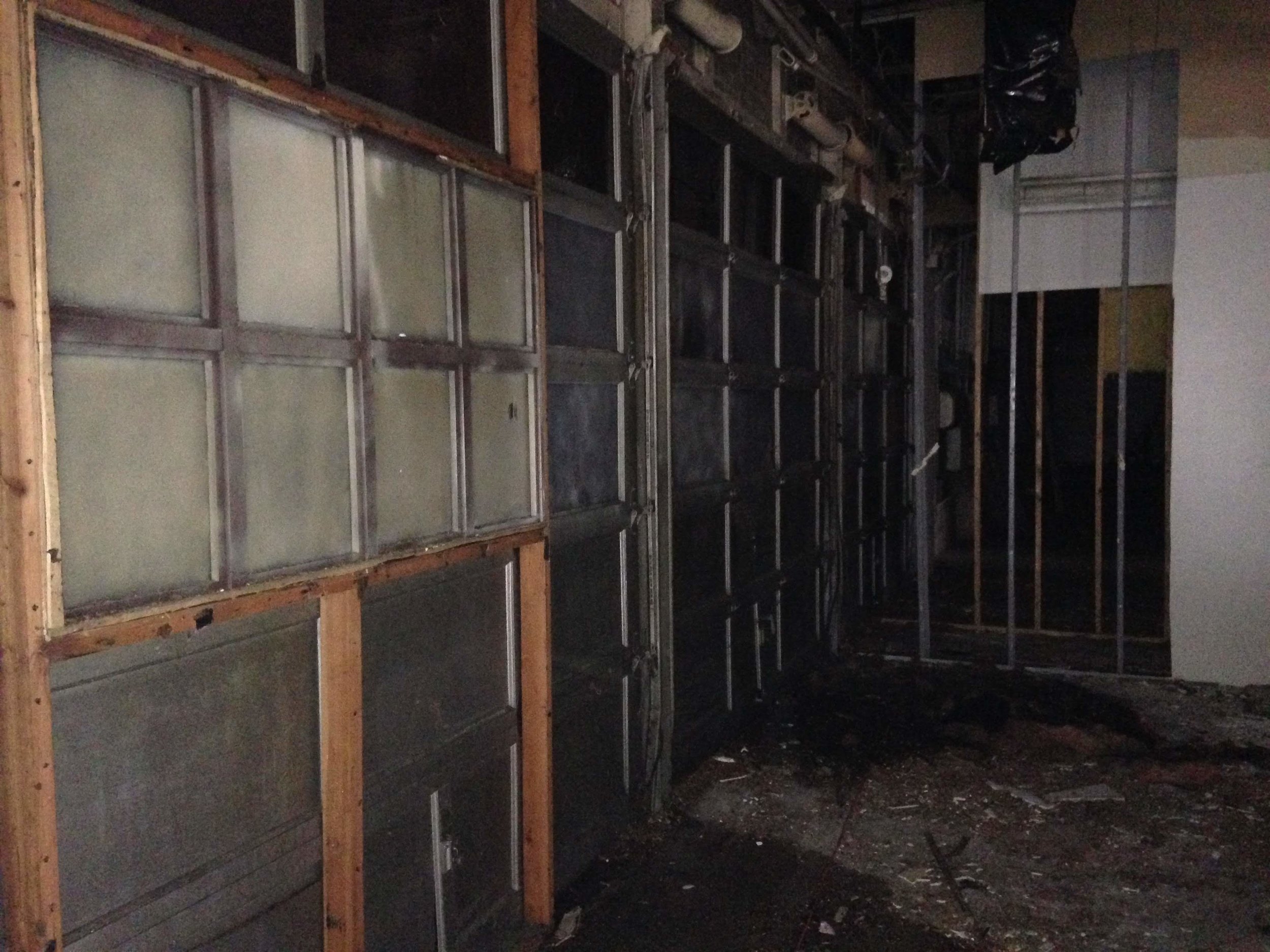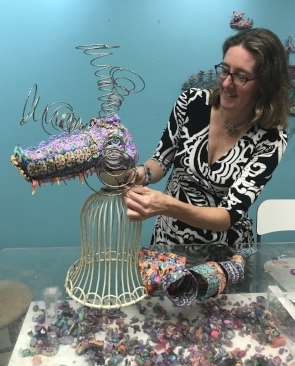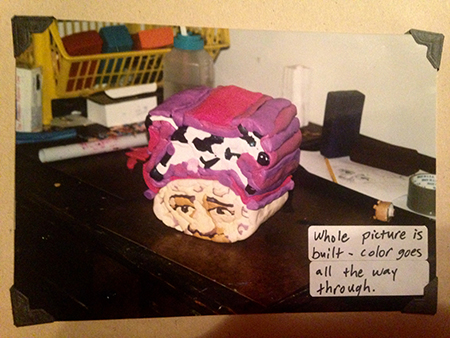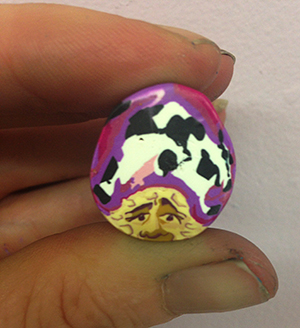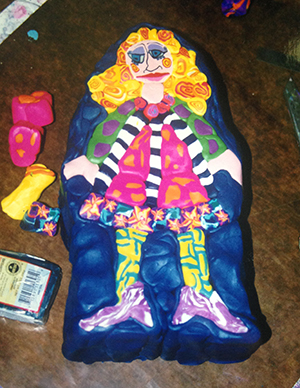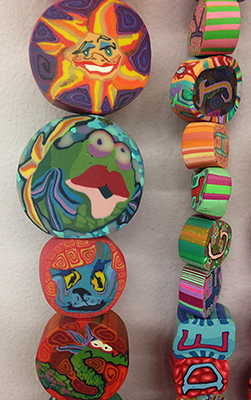About a year ago I was contacted by Aesthetics, Inc., an art consultant firm which I had worked with on several previous projects for the Minneapolis Children’s hospital in 2012. This time they asked me to first create one 30” x 40” playground piece and then, this summer, I was commissioned to do three additional 30” x 30” pieces, all for the Stanford Lucile Packard Children's Hospital in San Diego.
I love thinking about how these pieces will be enjoyed in a hospital setting. I can see how they would serve as a much needed distraction for a family going through a tough time.
Below are the artist statements that went with each piece.
“Watercolor Waterfall Bird”
Artist Statement: This sculpture started from a sketch of a bird that I saw on an ancient piece of art in a museum. It was a very loose sketch that I doodled over later. At first it was just an "ordinary fanciful" bird but then I thought of the concept of having his feathers be paintbrushes. Later, while I was traveling in San Antonio, walking on their River Walk, seeing all the small waterfalls gave me the idea of adding a waterfall to my "watercolor bird". I love the idea that this bird has his paints and brushes wherever he goes along his own waterfall to help him create his own amazing watercolor paintings!
“Transportation Alligator”
Artist Statement: If you hang out with a toddler for any length of time you know that they are fascinated by all things with wheels. I was lucky enough to spend a week with my 2-year-old nephew, playing with him and all his trucks and trains and then going with him to the zoo where we saw all kinds of animals. That's when this alligator came to my imagination with multiple kinds of transportation on his textured body and, of course, riding his own bike!
“Puppet Show Moose”
Artist Statement: One day while drawing a picture of a moose it occurred to me that the average moose is very tall - so tall that it would make a great marionette stage. I made marionettes as a child and I always wanted a stage for them. I never imagined that a moose would be an ideal stage!
It’s been interesting to create pieces for this project because the process is so much more controlled than I am used to. I often create with just a vague idea in my head. Sometimes I have a doodle that starts my creation, but it is never fully figured out. With this project I had to design 6 full-color sketches for submission and then wait to hear which three they would choose. Once they chose, I had to stick closely to my submitted design when making each piece. Admittedly, I did take some artistic liberties. Most were not a problem, but after submitting the final images of the new pieces, I found there was one feather I had forgotten on the chin of the Watercolor Waterfall Bird; the piece did not match! Luckily this was an easy fix.
I’m very much used to having total artistic freedom, working to sell each piece to the right customer, so this was a very different way of working. Did I like it? Well, I had fun making these pieces, for sure, but I must admit the pieces I enjoyed making the most were the ones that were less planned out. Still, when it comes to making public art, it is more of a group effort and less that of an individual artist working alone in her studio. A lot of good things can come from this method-- like three happy animals making kids smile in San Diego!
All six, original submitted sketches.








